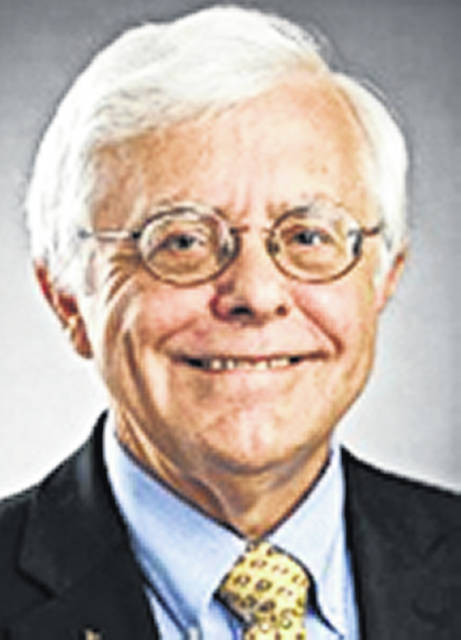
Veterinarians at Cornell University just developed a 24-hour test that can detect salmonella infections in farm animals. Previously, it took days to get such test results.
The breakthrough will prevent diseased animals from entering the food supply—and thereby reduce the incidence of food poisoning and save lives. Currently, salmonella sickens 1 million Americans each year and kills hundreds.
This discovery underscores the critical role veterinarians play in safeguarding our food. Veterinarians are known as the people who treat our beloved pets, but that’s far from their only job. They also keep livestock healthy, shape public policy, and conduct groundbreaking research.
Yet the U.S. faces a severe shortage of veterinarians—especially specialists in livestock. That shortage has severe consequences not just for animals but for the health of the public.
Every time Americans eat a cheeseburger without falling ill, they have veterinarians to thank. Private-sector veterinarians regularly monitor the health of farm animals, administer vaccines, and treat illnesses. Veterinarians at the Agriculture Department inspect meat to ensure it meets federal safety standards. And they research and develop policies to improve food safety.
Consider how veterinarians have kept people safe from mad cow disease, a fatal illness that eats away at human brains. Throughout the 1990s, the disease ravaged the United Kingdom and killed over 200 people. Ever since, U.S. veterinarians have diligently monitored for the condition to prevent outbreaks.
In 2017, vets affiliated with the USDA identified an infected cow in Alabama before it could make its way into the food supply. A year earlier, University of Florida experts developed a new technique to prevent cows from contracting uterine diseases, which can spread dangerous bacteria to humans. Meanwhile, at Michigan State University, veterinarians have identified ways to slow the spread of E. coli between dairy cows. The bacteria results in 100,000 illnesses, 3,000 hospitalizations, and 90 deaths in the U.S. every year.
Unfortunately, there aren’t enough veterinarians to guarantee the safety of our food supply. More than 80 percent of states experienced a shortage of veterinarians last year, according to the USDA. A 2015 report prepared by the Government Accountability Office revealed that the USDA would be short thousands of veterinarians if there were a major animal disease outbreak.
Federal officials are taking steps to close this gap. They recently awarded $2.35 million in grants to support rural veterinary practices and help them recruit more large animal veterinarians.
But the federal government can’t solve the problem by itself. Veterinary schools must help steer more students into public health and food safety roles.
For example, Cornell’s School of Veterinary Medicine runs a Summer Dairy Institute to teach students about the dairy industry and connect them with leading professionals in the field. My own school, St. George’s University in Grenada, trains many American veterinarians. We teach our students to acknowledge the myriad connections among animals, humans, and the environment. Many veterinary schools also offer dual programs where students can earn degrees as both a doctor of veterinary medicine (DVM) and master of public health.
Outside companies and organizations can also help. In 2010, the biopharmaceutical company Pfizer doled out $2 million in scholarship funds to U.S. veterinary students, two-thirds of whom committed to studying animals used for food.
Veterinarians play a significant role in minimizing foodborne illness in the U.S. The continued safety of our food supply depends on training more of them.


